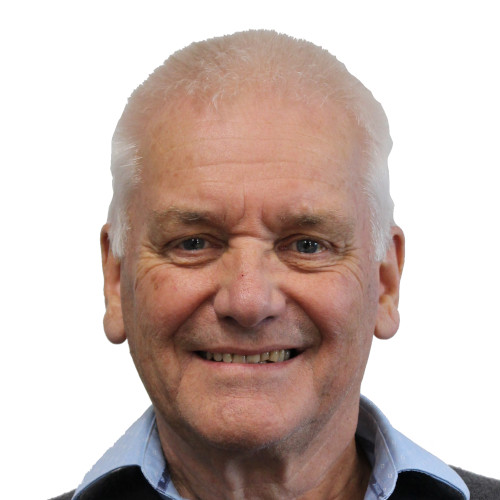Data science encompasses data processing, modelling, data visualisation, machine learning, statistical analysis, and database management. The goal is to extract information for prediction and visualisation of the response of physical systems, for example, for decision support or machine control.
Data processing
This includes data collection (often relating to measurements derived from sensors), data cleaning, processing (including mathematical processes such as Fourier analyses and tomographic inversion), and statistical analysis, such as for Krigging. The processed data are then prepared for decision-making, either human via visualisation, or via machine learning. Our work includes processing satellite measurements for land management.
Modelling
We use modelling to predict responses, either just theoretically or to supplement physical measurements. It is based on a theoretical understanding of natural and man-made systems, usually implemented as mathematical algorithms that are then validated by experimental observations. Examples of our work include environmental decision support by prediction of contaminant transport in groundwater, describing how the properties of materials affect the passage of microwaves through them, and modelling the effect of electrode-ion interaction on the electrochemical conversion of water-borne CO2 to carbonates.
Machine learning
Machine learning, commonly but misleadingly referred to as artificial intelligence, focuses on creating algorithms and models that make predictions or decisions based on data, including physical measurements. We have substantial experience in machine learning, particularly its application to image processing and machine vision. For example, we have applied machine learning to enable identification of predators from paw sensing pads and from camera-derived images, and are exploring new methods for training algorithms that place less reliance on the typically used large data sets that are meticulously labelled by hand.
Graph neural networks
We also specialise in more unusual and leading-edge aspects of machine learning, including graph neural networks (GNNs), which specialise in applications that are best described as mathematical graphs. We are investigating data visualisation, statistical analysis, and database management related to GNNs for applications such as landscape optimisation and data security. For example we developed a predictive model to automate the decision–making in cane pruning of wine grapes. We published our results in an international journal and tested our algorithm on both synthetic vines and real vines from the Blenheim and Nelson wine regions.
The Team
-

Abdolabbas Jafari
Research Scientist -

Adam Hartland
Senior Scientist -

Armin Werner
Principal Science Advisor -

David Rankin
Group Manager, Green Futures -

Ian Woodhead
Lincoln Agritech Emeritus Fellow -

Jaco Fourie
Principal Scientist -

Jeffrey Hsiao
Senior Research Scientist -

Joseph Nelson
Research Scientist -

Matt Fraser
Research & Development Engineer -

Scott Wilson
Hydrogeologist -

Simon Knopp
Research & Development Engineer -

Thomas Wöhling
Senior Research Scientist


